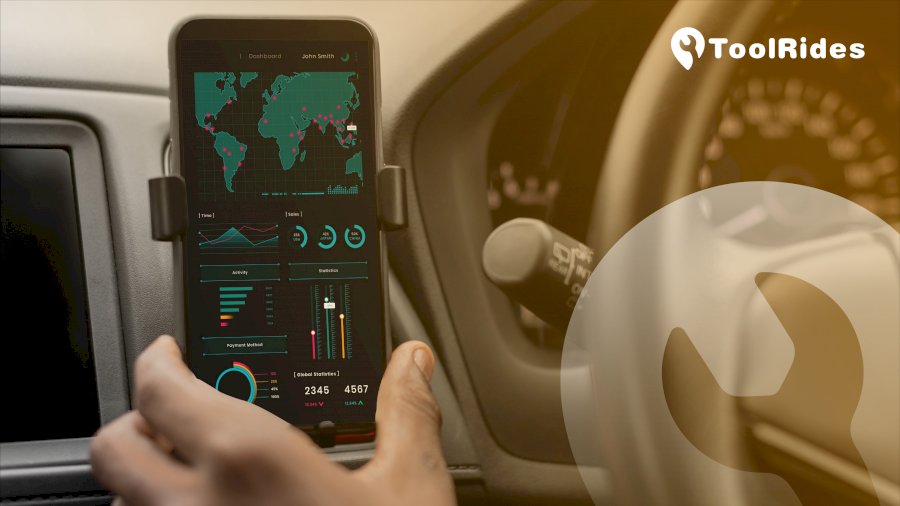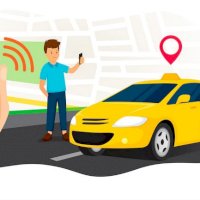Mobilization in urban areas is increasingly complex, with the transportation business being compromised or pressured to find a solution. The positive thing is that digitalization increasingly provides access to services just by having a device at hand. Practically everything is offered à la carte, food, taxi reservations, hotel reservations, medication purchases, among others.
Mobility as a service has already been applied to large capitals such as London, Singapore and Helsinki. Consider being able to give your passengers the convenience of combining travel options. Have bicycles and other alternatives at your disposal through an app that allows you to travel easily. All this and more can be within reach of your company if you apply MaaS.
What is MaaS or Mobility as a service?
Mobility as a service consists of providing an experience with impeccable planning and movement from the starting point to the arrival point. While various means of transport, whether public or private, are integrated into a single service accessible on demand.
Transportation combinations can be bicycles, taxis, car rental/lease, scooters, SUV's and many more. Beyond all this, its purpose is to create a sustainable, efficient and affordable transportation network. Which could not have been achieved if it were not for the existence of smart devices, which allow real-time connectivity.
How does the MaaS model work in the transportation business?
It is highly likely that Mobility as a Service represents the most exciting opportunity for transportation organizations in decades. However, for its implementation to be correct, multiple organizations must invest in the appropriate infrastructure. These organizations must work together with the local government to meet the needs of the city.
Once everything is cemented, important data will be shared between the different pieces of the transportation business that want to work together. Such as the location of passengers, the capacity of vehicles, where they are going and traffic. This way, everyone will be able to offer a seamless experience, but let's see how MaaS will actually work.
-
First, a user makes a trip request from their device. Once the app receives the request, a built-in trip planner pinpoints the most optimal route. This may or may not include various forms of public and private transportation.
-
Then, it provides the user with a series of instructions that they must follow.
-
During the entire journey, whether with a single means of transport or several, the payment will be automatically deducted.
It is actually quite simple from the user's point of view, the complexity is in the organization. A person will be able to get from point A to point B using a bike and then a taxi. Or maybe a bus and then take a scooter, the client will choose that depending on what facilitates their arrival at point b.
Benefits that MaaS will bring
We have already been able to see several functionalities or positive factors of applying mobility as a service. But, what does it actually provide for the inhabitants of a city or urban area that uses the transportation business ? There are multiple benefits, so much so that they are divided into personal and social.
Cost solvency
If the passenger's trip to their destination involves renting a bike and a taxi, they pay for all three at once and in one place, their mobile phone. In this same vein, we can emphasize the fact that MaaS uses pooled resources from public and private organizations. Resulting in being able to provide profitable services in which the total expense is less than that of owning a vehicle.
Customization of transportation services
This type of solution places the user or client as the center of the entire operation. Which will provide the maximum level of comfort and personalization of each experience. Reflecting that users can choose their routes based on several parameters. Some of these are speed of arrival, cost and respect for the environment.
Sustainable and clean
By optimizing the use of each of the transportation methods, it saves resources and avoids emissions. Since it moves a greater number of people faster, in a clean but less expensive way. It may include private cars, however, ecological alternatives such as electric or gas cars will be offered.
Traffic reduction
Every time movement to cities grows, it adds more traffic every day. So we seek to solve this problem by providing combined transportation resources. There is no increase in vehicles, only use of those that are already circulating on the streets.
Security and connectivity
The idea of MaaS arose almost at the moment when the devices became universal. These have tools such as speed, availability of real-time data, camera, GPS, among others. And it has already been demonstrated that for these shared mobility services it is a safe and effective system both for the users who use it and for the companies, whether public or private.
The avant-garde and sustainability hand in hand
Mobility as a service came to provide solutions to multiple problems that cities would not be able to manage in a couple of years. It will not only benefit the public sector, but also taxi or rental services. Therefore, we will soon see a successful implementation of MaaS across the transportation business that will change the way we travel forever.






